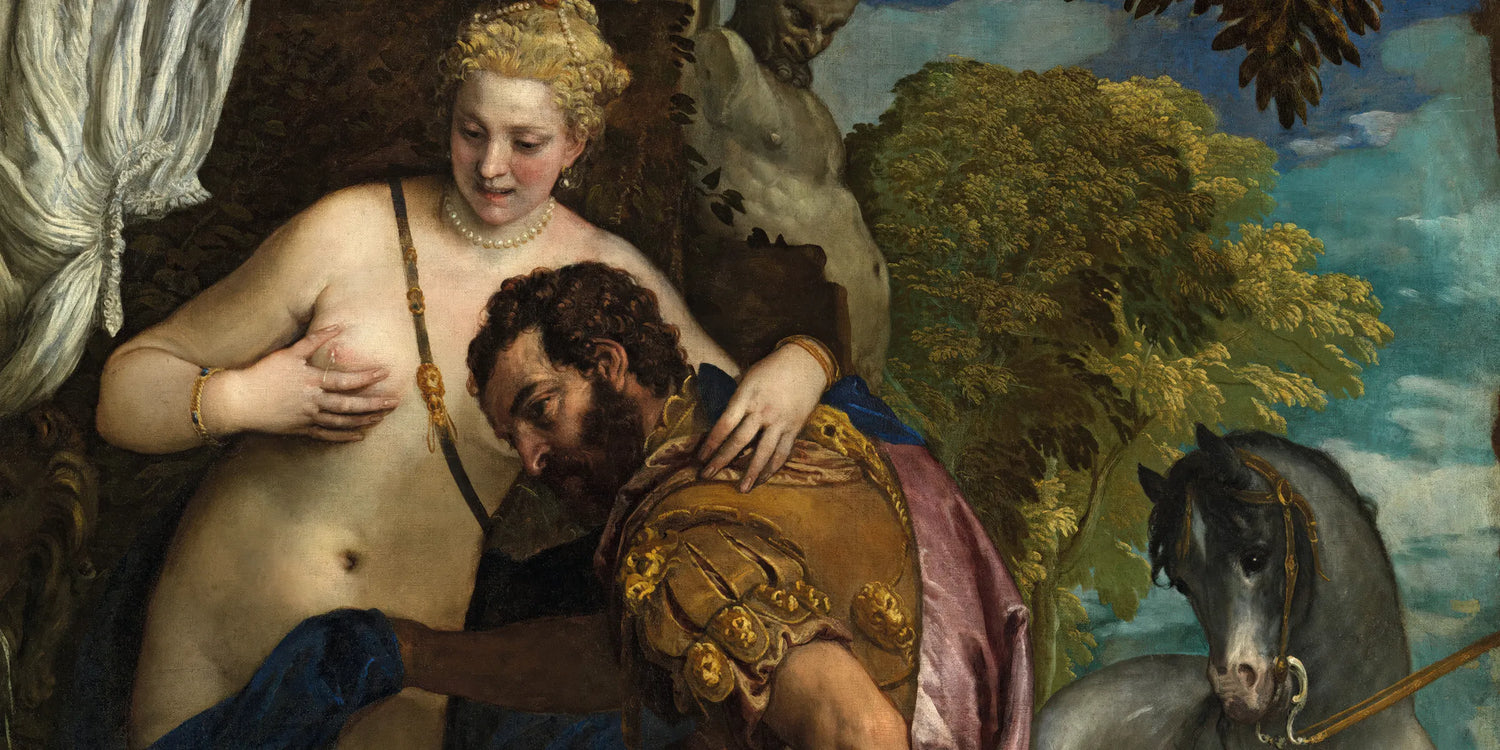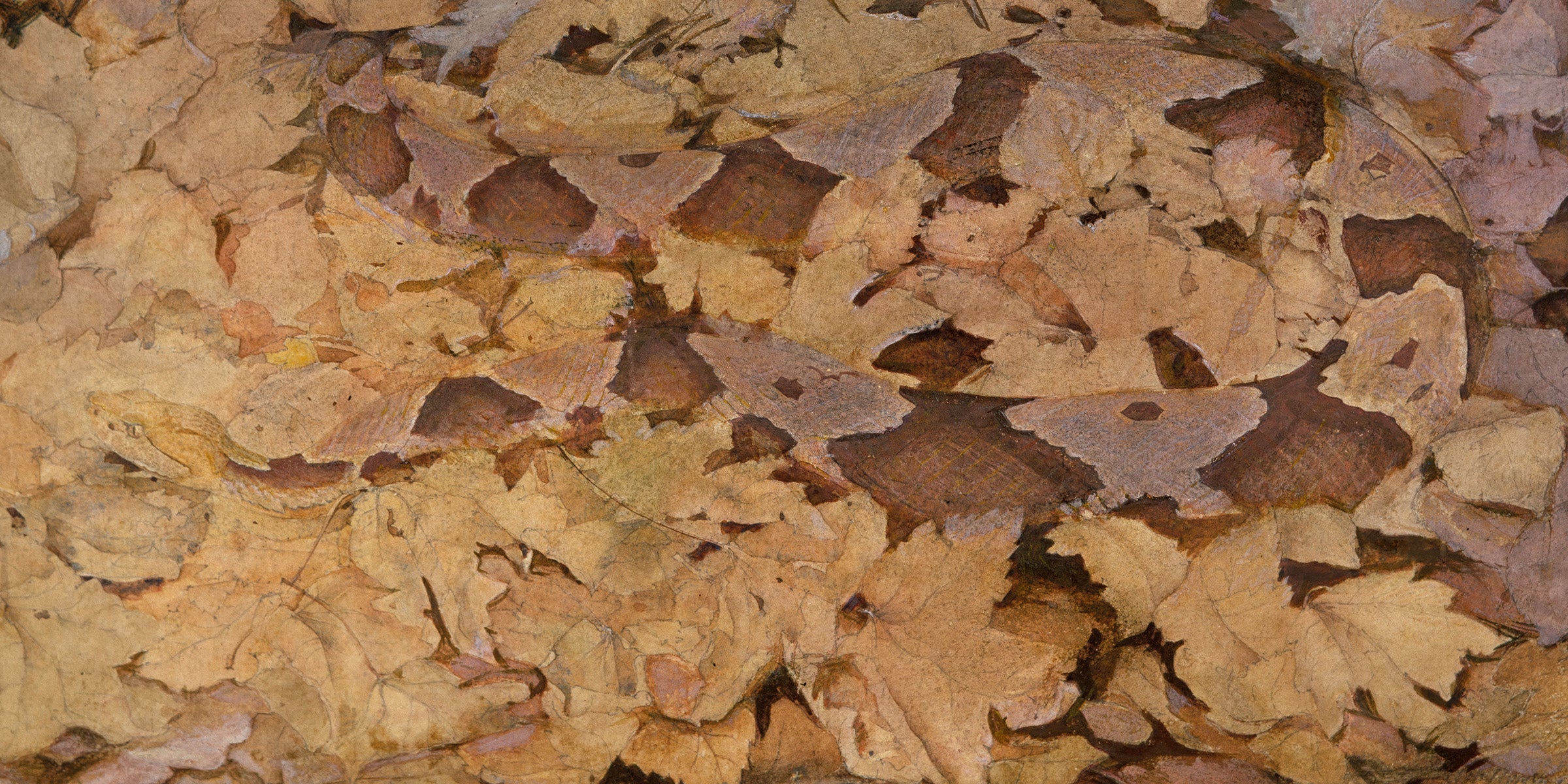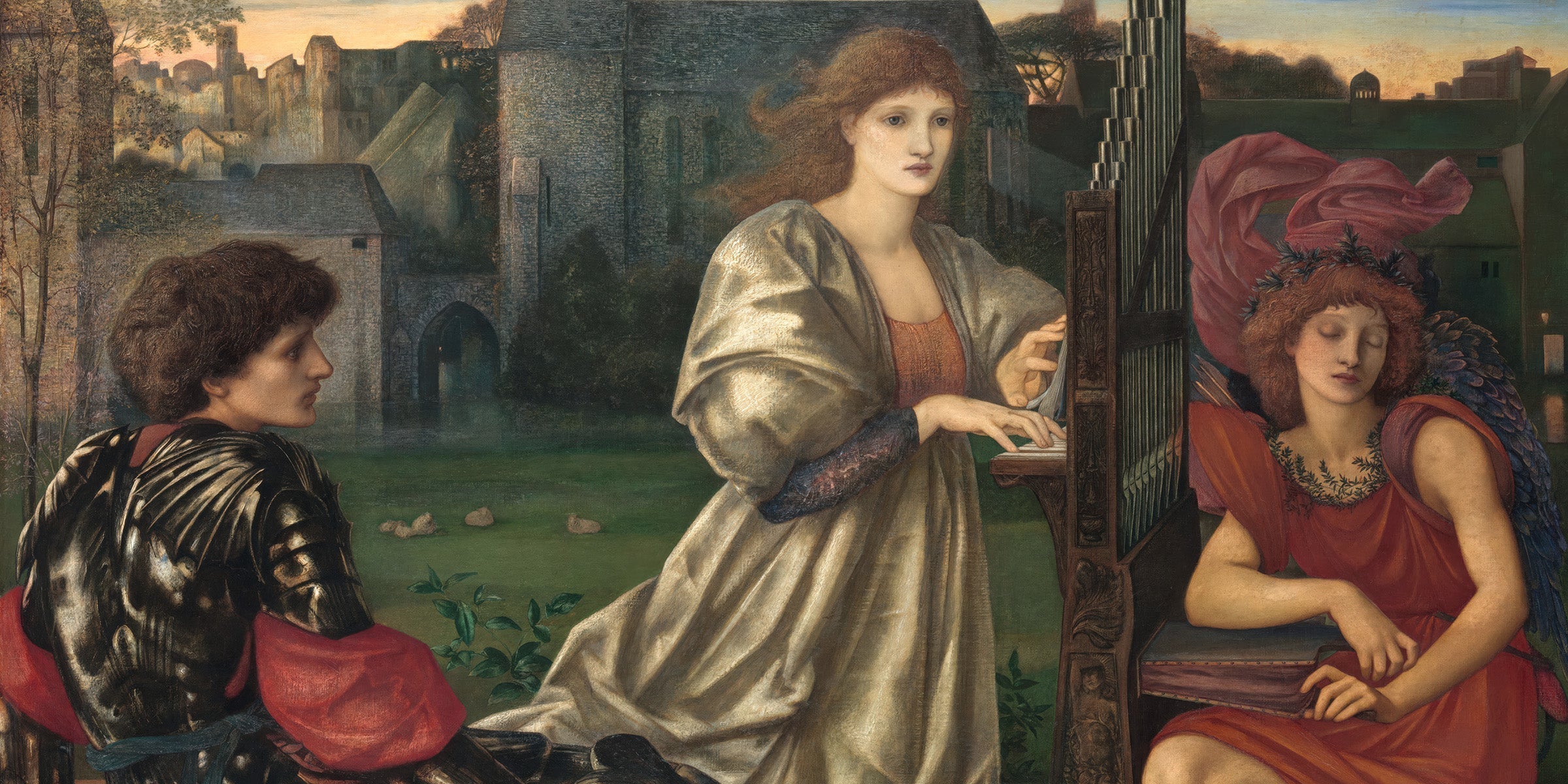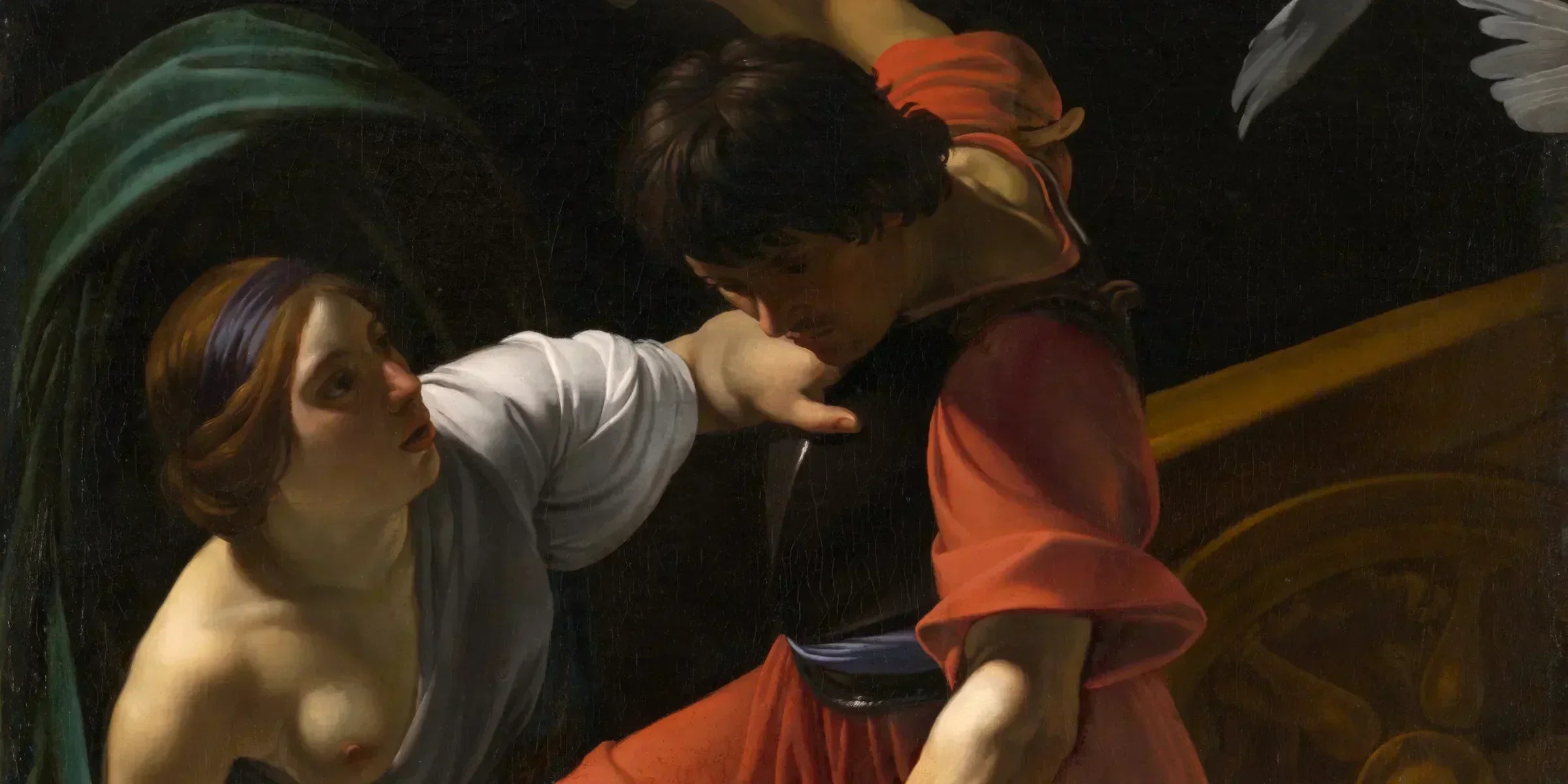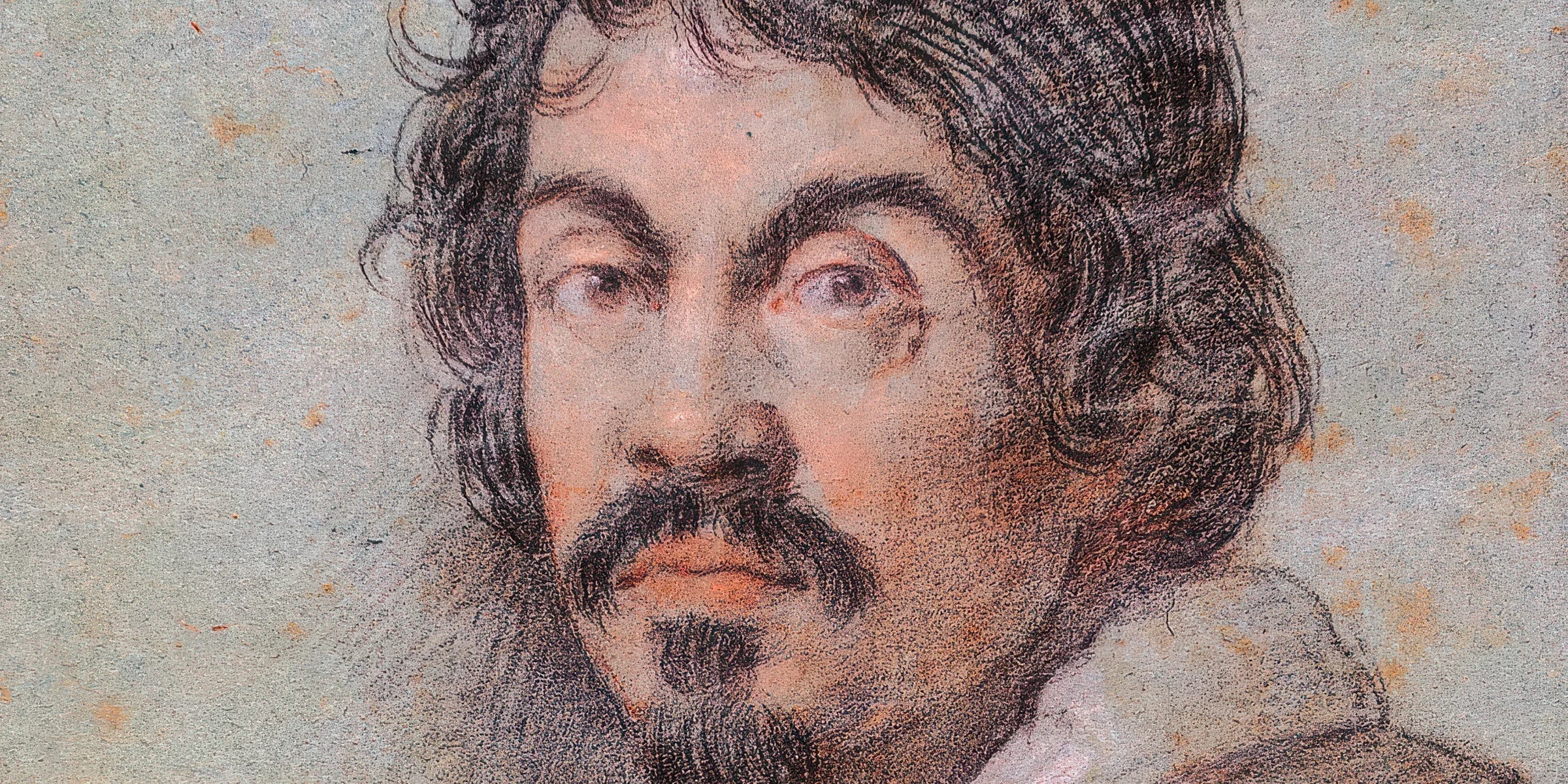When it comes to Renaissance art, few could match the flair and theatricality of Paolo Veronese. His painting Mars and Venus United by Love is no exception—an opulent, almost cinematic portrayal of mythology, love, and, of course, a little bit of divine meddling. Because what’s romance without a winged troublemaker making sure things get interesting?

The Drama Behind the Canvas
Painted around 1570, this masterpiece is steeped in the grandeur of the Venetian Renaissance. Veronese, known for his rich colors and intricate compositions, presents us with an intimate moment between Mars, the god of war, and Venus, the goddess of love. But hold on—wasn't Venus married to Vulcan? Ah, but gods will be gods, and fidelity wasn’t exactly their strong suit.
At the center of the painting, Venus reclines in a state of pure elegance, while Mars, looking utterly smitten (or perhaps slightly dazed), leans toward her. Cupid, the mischievous child of Venus, quite literally binds them together with a garland—because nothing says ‘divine romance’ like being physically tied to your lover. A cherub pulls away Mars' armor, symbolizing love’s power to disarm even the fiercest warrior. And let’s be honest, we’ve all seen someone get utterly useless in the presence of their crush.
The Art of Extravagance
Veronese was a master of composition, and this painting is a testament to his skill. The figures are arranged dynamically, with a luxurious use of drapery that would make even the finest Venetian tailors jealous. The lighting is soft, accentuating the creamy texture of Venus' skin—because Renaissance artists loved making their goddesses glow like celestial beings.
The background, though subtle, suggests a lavish setting, fitting for the gods. Unlike other Renaissance artists who obsessed over strict perspective and solemn themes, Veronese embraced a theatrical, almost playful approach. His love for storytelling through art made him one of the most sought-after painters of his time.
Censorship Drama: Veronese had a knack for pushing boundaries. In fact, he once had to ‘defend’ his artwork in front of the Inquisition for painting too many "irrelevant" figures in a Last Supper scene. While Mars and Venus United by Love didn’t spark a scandal, it certainly showcases his tendency to fill the canvas with exuberant details. A Fashion Statement: Venus’ flowing robes were likely inspired by the luxurious textiles of Renaissance Venice. If she were around today, she’d probably be front row at Milan Fashion Week. Love vs. War: The painting subtly hints at the eternal battle between passion and aggression. Mars, the symbol of war, succumbs to love—suggesting that even the strongest forces yield to the power of attraction. Veronese’s Mars and Venus United by Love is more than just a stunning Renaissance painting; it’s a visual testament to love’s ability to conquer all—even the god of war himself. If you’re in the mood to elevate your space with a touch of divine passion, why not bring this masterpiece into your home? After all, who wouldn’t want a daily reminder that love, in all its mischievous, messy glory, is what truly binds us together?
Fun Facts to Impress at Dinner Parties
Conclusion – Ready to Bring Some Divine Romance Home?


